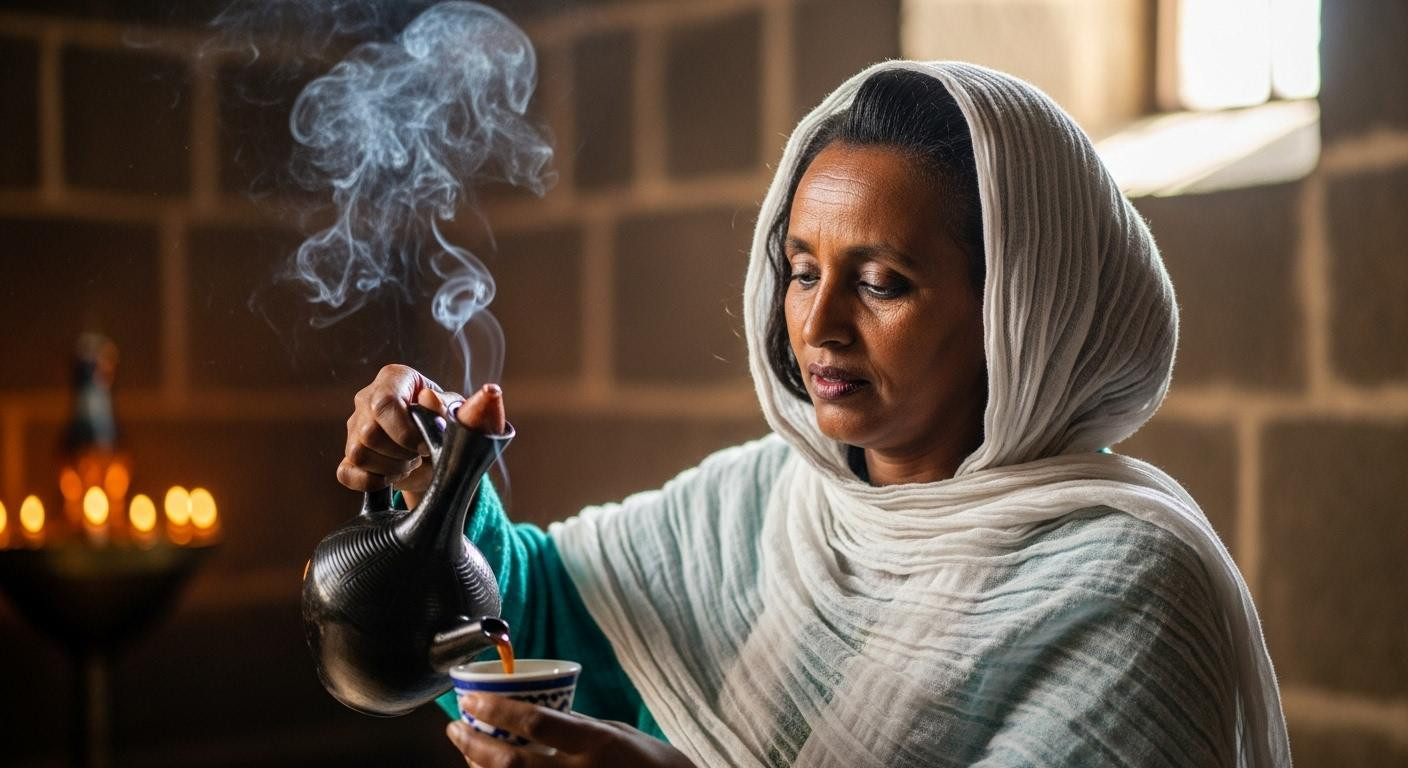Steam rises from matcha tea at 6:47 AM in Kyoto’s Gion district. Maple leaves glow crimson through temple windows. This moment transcends checklist tourism. Five fall destinations across four continents reveal October-November’s secret: moderate crowds, ideal weather (55-82°F), and transformative encounters that fundamentally shift how you understand authentic travel. From Ethiopian coffee ceremonies to Moroccan artisan workshops, these cities offer sensory depth Instagram never captures.
When fall weather unlocks cultural depth
The seasonal transformation creates perfect conditions across five destinations. Kyoto’s autumn foliage frames 1,600 temples at 55-68°F. Marrakech’s cooler desert air (59-82°F) makes medina exploration comfortable.
Amsterdam’s contemplative canal mist hovers at 46-57°F. Lalibela’s highland clarity arrives before November rains at 54-68°F. Oaxaca’s post-harvest cultural festivals unfold at 59-77°F.
October-November creates the ideal window. Tourist volumes range from Lalibela’s 50,000 annual visitors to Amsterdam’s 8 million. Costs drop 25-40% from peak season. Weather invites lingering rather than rushing. Locals reclaim their spaces and authentic encounters become possible.
Five transformative cultural encounters
Sacred traditions: from tea ceremony to rock churches
Kyoto’s tea ceremony rituals transform seasonal appreciation into meditation. Ancient bamboo whisks create perfect foam. The ceremony follows 500-year-old protocols unchanged since the 16th century.
Lalibela’s candlelit chants echo through 12th-century stone corridors carved from living rock. Ethiopian Orthodox pilgrims share coffee ceremonies honoring centuries-old hospitality codes. These aren’t performances. They’re living traditions where visitors become temporary participants in timeless cultural continuity.
Artisan heritage: hands creating culture
Marrakech’s 1,500 traditional riads showcase artisans reviving ancient Berber weaving techniques. Tourism boards confirm 2025 sustainability initiatives support local craftsmen. Morocco welcomed 15 million tourists in the first nine months of 2025, a 14% increase from the previous year.
Oaxaca’s mezcal producers explain agave traditions spanning eight generations. Amsterdam’s museum conservators demonstrate Golden Age painting restoration. Direct engagement with makers who carry cultural knowledge in their hands, not guidebooks.
What these destinations actually cost in fall
Accommodation and daily expenses
Lalibela emerges most affordable: $30-80 nightly lodging, $3-8 meals, $10-20 cultural tours. Oaxaca follows closely at $35-70 rooms, $5-12 traditional dining. Marrakech’s riads range $45-120 with $5-10 tagine meals.
Kyoto costs $60-150+ for ryokans, $8-50 for dining experiences. Amsterdam runs $90-180 for hotels, $10-20 for meals. October-November shoulder pricing across all five destinations offers 35-40% savings versus summer high season. Recent visitor surveys confirm fall represents optimal value for cultural immersion.
Cultural experience investments
Tea ceremony in Kyoto: $30-50. Lalibela church tours with local guides: $10-20. Marrakech artisan workshop participation: $20-40. Oaxaca mezcal tastings: $20. Amsterdam museum entries: $15-25.
These aren’t tourist traps but authentic cultural exchanges supporting local communities. Tourism data shows cultural activities generate 35% more local employment than conventional sightseeing.
The moment everything shifts
That instant when Kyoto temple garden’s raked gravel patterns suddenly reveal deeper meaning. When Lalibela priest’s chanting connects you to 900 years of continuous worship. When Marrakech leather artisan’s hands demonstrate techniques unchanged since medieval times.
When Oaxaca grandmother shares her mole recipe as cultural inheritance. When Amsterdam’s autumn light illuminates why Dutch Masters obsessed over it. These moments don’t happen at famous landmarks during peak season. They emerge in fall’s quieter rhythms when cultural depth has space to resonate.
Your questions about cultural immersion: top destinations for fall travelers answered
How do I time my visit for optimal cultural access?
October offers better weather across all five destinations, but November brings deeper local immersion as tourist numbers drop further. Kyoto: late October-early November for peak autumn colors. Marrakech: entire October-November window before winter chill. Amsterdam: October before November’s frequent rain. Lalibela: October-early November before rainy season. Oaxaca: late October-November after rainy season ends.
Which destination offers the deepest cultural transformation?
Lalibela and Kyoto provide the most profound experiences through sacred traditions. Marrakech and Oaxaca excel in artisan cultural immersion. Amsterdam offers contemplative cultural reflection. Your choice depends on whether you seek spiritual depth, maker traditions, or artistic heritage. Travel research demonstrates spiritual destinations create longer-lasting perspective shifts.
How does fall cultural immersion compare to summer sightseeing?
Summer means crowds at famous sites with rushed experiences. Fall’s moderate visitors (Lalibela’s 50,000 annual versus Kyoto’s 6 million) allow unhurried encounters. Local guides have time for deeper conversations. Artisans welcome workshop participation. Temple gardens invite meditation. The difference isn’t incremental. It’s transformative.
Steam rising from morning coffee in five cities across four continents. October air carrying temple incense, souk spices, canal mist, highland frankincense, and roasted agave. These aren’t destinations you visit. They’re places that visit you back, reshaping how you understand cultural depth long after returning home.
